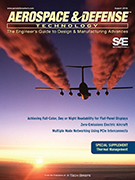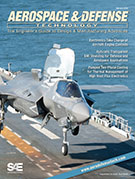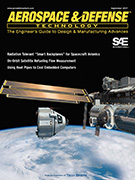Magazine

AEROSPACE ENGINEERING 2013-11
2013-11-06
Simulation supports aircraft safety From analyzing crashes to hard landings, the industry is evolving in how much it relies on CAE simulation to provide safer aircraft designs. As aircraft systems become more complex, simulation itself is evolving as well.



















